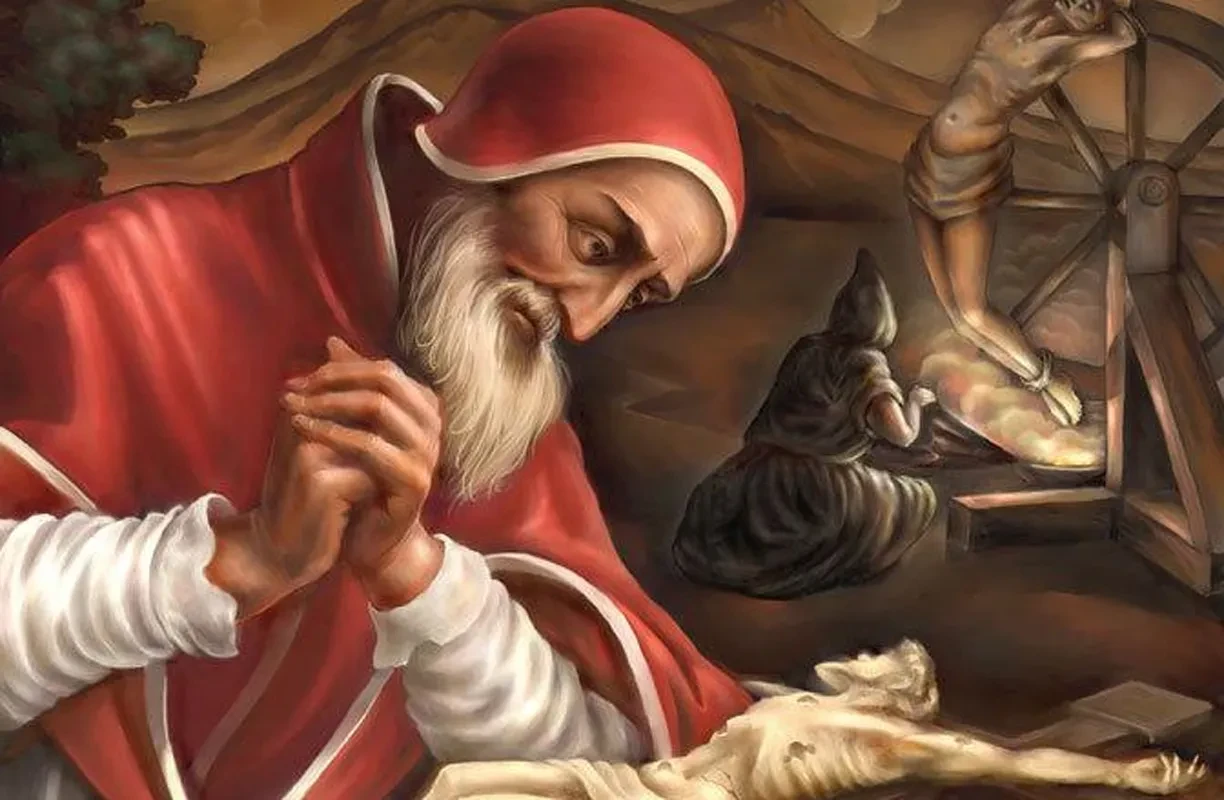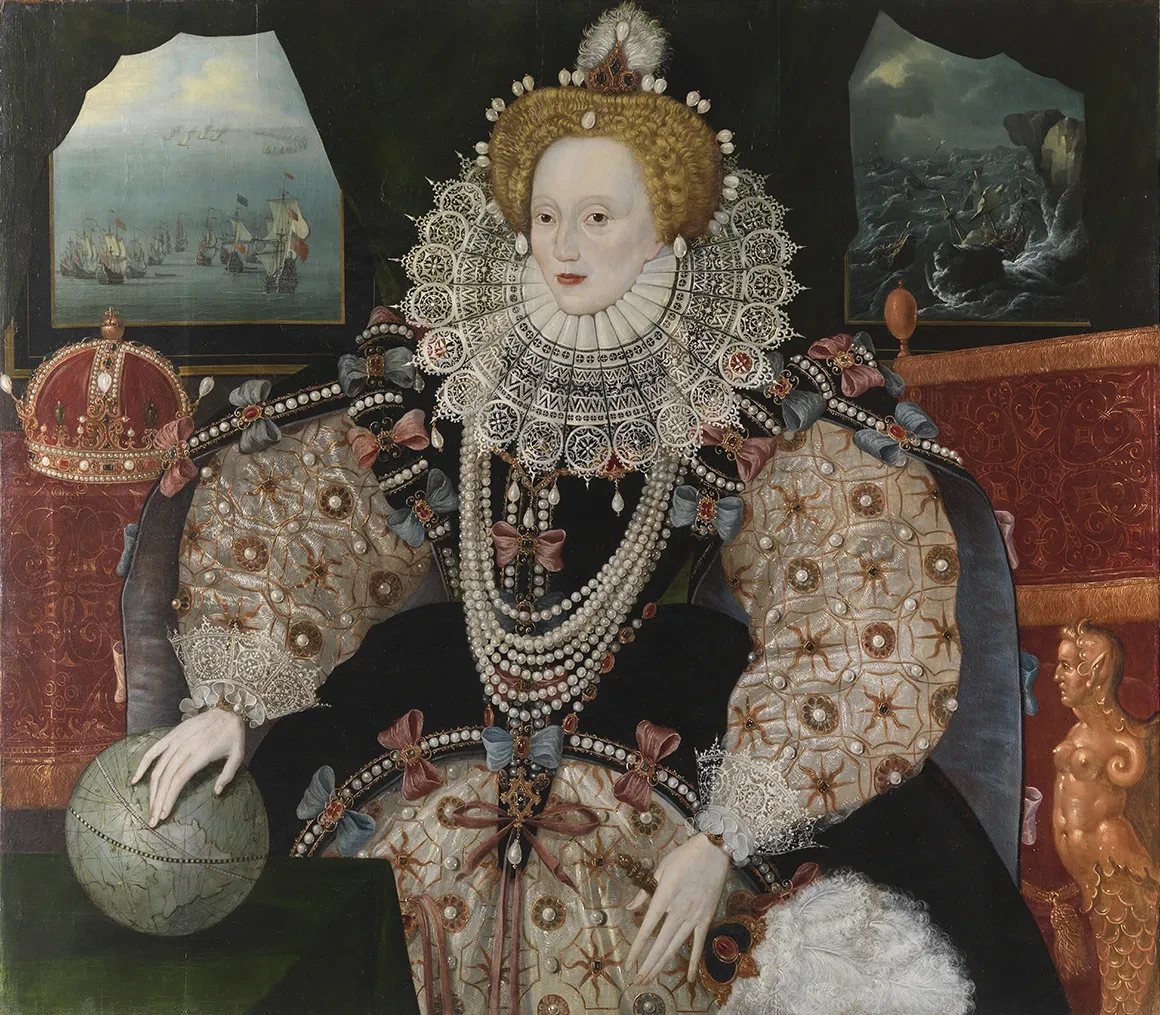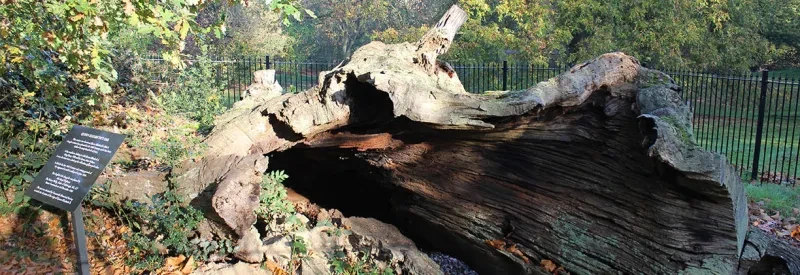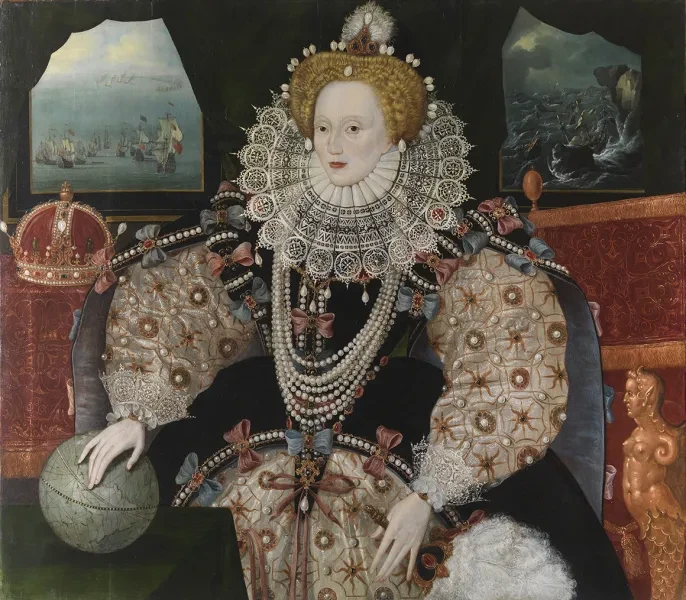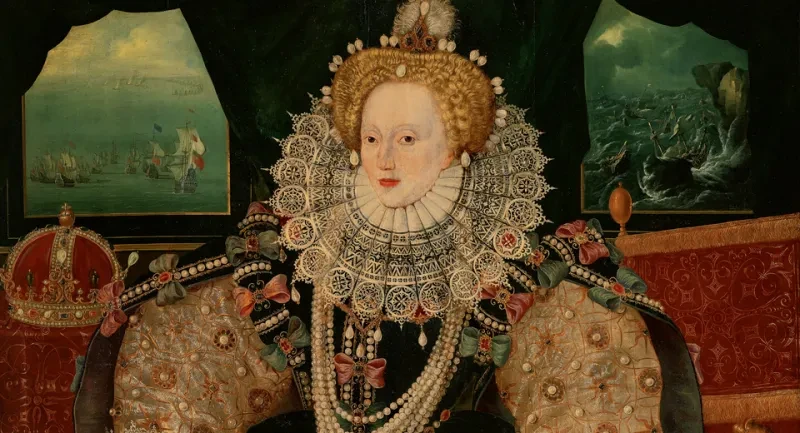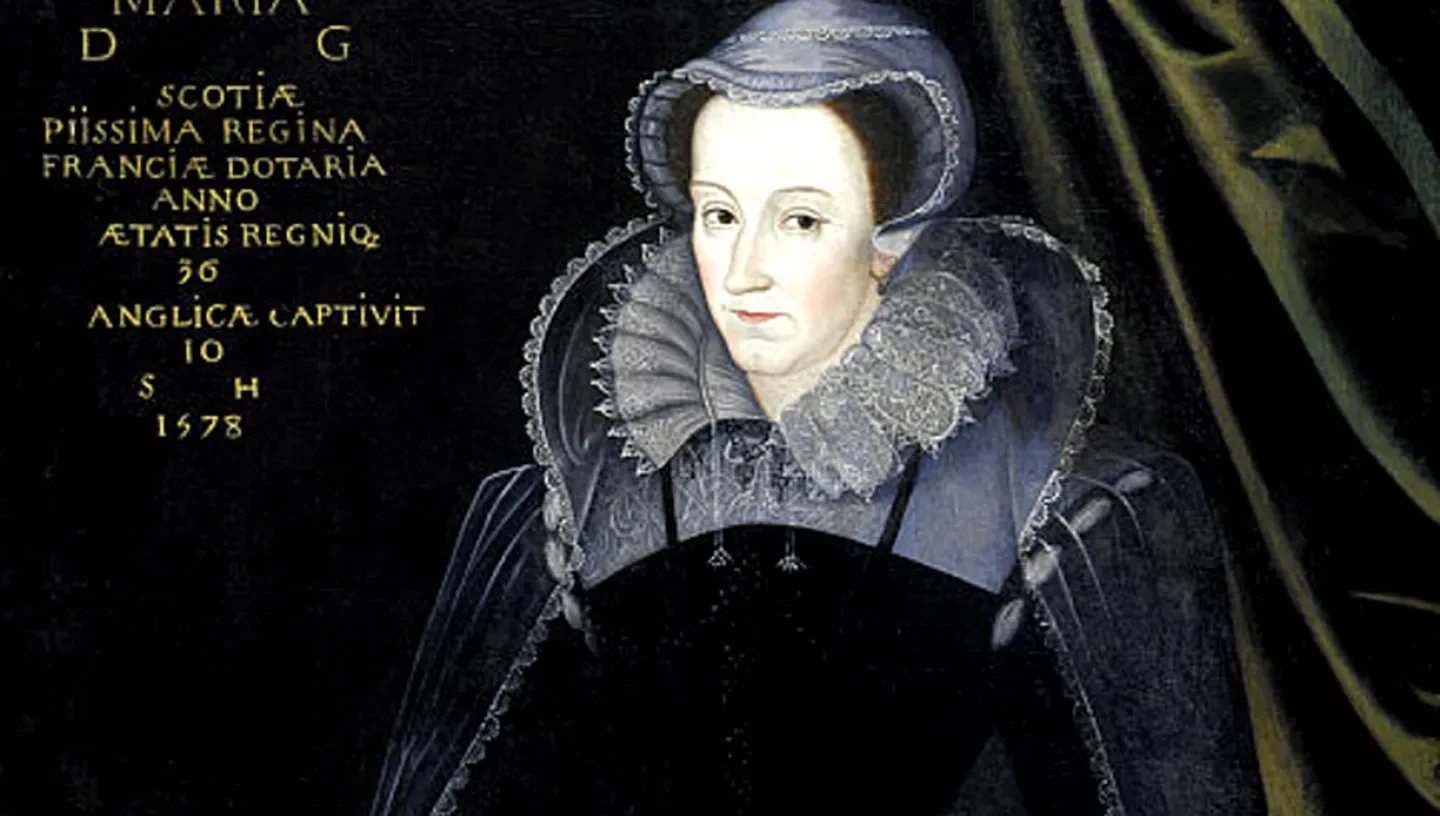
Elizabeth I and Mary, Queen of Scots
The tides of peace turned for Queen Elizabeth I when Mary, Queen of Scots arrived in England
Who was Mary, Queen of Scots?
The only surviving legitimate child of King James V. Mary, Queen of Scots was also known as Mary Stuart.
When was Mary, Queen of Scots Born?
Mary Stuart was born in Linlithgow Palace in Scotland on 8th December 1542. She became Queen of Scotland when she was just six days old, and through her marriage to a French heir she became Queen of France when she was 16.
When did Mary, Queen of Scots return to England?
Mary was Elizabeth's cousin and an heir to the English throne through her Tudor grandmother, Margaret, Henry VIII's older sister. With the death of her husband, Francis II of France in 1560, and following the death of Mary of Guise, Regent of Scotland, the 19-year-old Mary reluctantly returned to rule Scotland on 19th August 1561. As reckless and impulsive as Elizabeth was shrewd and careful, Mary made a number of disastrous decisions, embroiling herself in scandal and political intrigue.
Who did Mary, Queen of Scots marry?
Mary was married to Francis, Dauphin of France, from 1558 until he died in 1560. On return to Scotland, Mary married her cousin, Henry Stuart (Lord Darnley) in 1565. He soon became jealous of her affections for David Rizzio, her Italian secretary. Before long Darnley had Rizzio murdered in front of the heavily pregnant Queen.
The following year Darnley was found strangled in his garden. Three months later Mary married the chief suspect in her husband's murder, James Hepburn, Earl of Bothwell. Europe was scandalised and the Scottish nobles forced Mary to abdicate in favour of her infant son, James VI. In 1568, Mary fled to England where she became Elizabeth's unwanted guest and prisoner for the next 19 years.
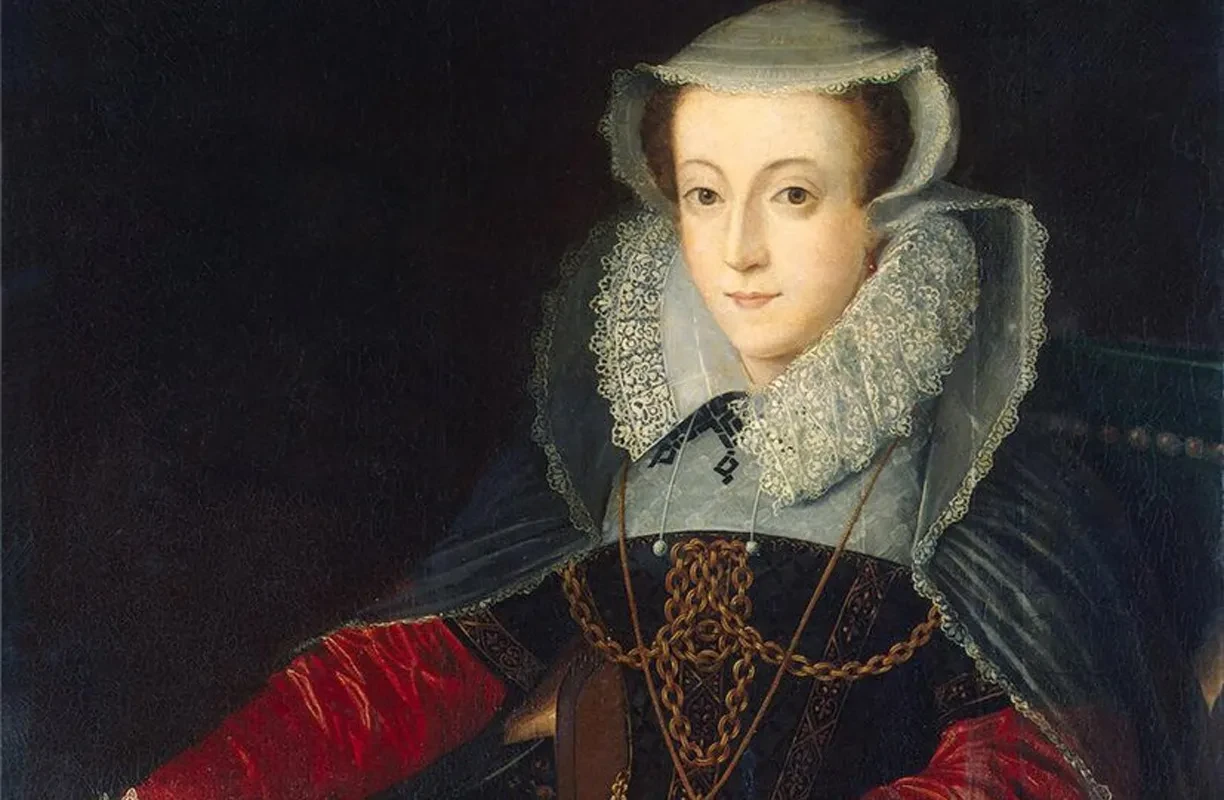
Mary the Catholic
In England and under house-arrest, Mary reinvented herself as a devout Catholic and a rival legitimate claimant to the English throne. Following Elizabeth’s new religious settlement in 1559, the deposed Queen of Scotland proved a very destabilising presence, as she quickly became a figurehead for disaffected Catholics.
Consequently, plots and conspiracies abounded, with the first taking place within a year of Mary's arrival. The Northern Rising of 1569 was led by the Earls of Westmoreland and Northumberland. It was crushed fairly quickly, but it represented the first serious challenge to Elizabeth's authority, as well as receiving the backing of the Pope.
The Pope intervenes
In February 1570 Pope Pius V issued a damning Papal Bull (a type of public decree) which excommunicated Elizabeth, 'the pretended Queen of England, the Servant of Wickedness'. It declared her deposed and absolved her subjects from any oath of allegiance to her. The Bull put English Catholics in an untenable position, with its declaration that a Catholic could not be loyal to both the Queen and the Pope, while its choice of penalties offered only treason or excommunication.
More dangerously for Elizabeth, it authorised and legitimised the actions of the more extreme factions attempting to depose her, and there were at least five more serious attempts to overthrow her.
Mary, Queen of Scots: the plots
The first plot was planned by Roberto Ridolfi, a Florentine banker living in London. Uncovered by the government in 1571, the conspiracy aimed to use Spanish troops from the Netherlands to depose Elizabeth and put Mary on the throne with Thomas Howard, Duke of Norfolk, as her husband. Norfolk was found guilty of treason and executed in 1572. Although Mary was implicated in the plot, Elizabeth refused calls for her to be put on trial.
The next pope, Gregory XIII, elected in 1572, advocated an even more extreme anti-Protestant stance than his predecessor, encouraging numerous schemes to invade England, and depose and assassinate Elizabeth. Mary became the focal point of many of these conspiracies. As a result, the Privy Council and Parliament frequently pressed the Queen to put Mary to death. Elizabeth remained reluctant to execute a fellow monarch.
How did Mary, Queen of Scots die?
It was a plot to kill Elizabeth and start a Catholic uprising that became Mary's undoing. In July 1586 Anthony Babington wrote to Mary explaining that he had six friends 'who for the zeal they bear unto the Catholic cause and your Majesty's service will undertake that tragical execution'. Mary replied to Babington shortly after:
‘Then shall it be time to set the six gentlemen to work, taking order upon the accomplishment of their design...’
Francis Walsingham, Elizabeth's Secretary of State and spymaster, had already infiltrated Mary's network and was monitoring her correspondence. He intercepted and deciphered her coded letters and Mary's reply sealed her fate. It provided the proof Walsingham needed to convince Elizabeth to have Mary arrested and put on trial. She was arrested on 11 August 1586 and brought to trial in October. With reams of evidence against her, Mary was found guilty of being 'not only accessory and privy to the conspiracy, but also an imaginer and compass of her majesty's destruction'.
Parliament approved the verdict and urged Queen Elizabeth to sentence her to death. Elizabeth agonised and prevaricated for four long months, before signing Mary's death warrant at Greenwich. Mary was executed on 8 February 1587 at Fotheringhay Castle in Northamptonshire. Elizabeth felt duped by her advisers and was angry that the execution took place.
Where is Mary, Queen of Scots buried?
Mary requested to be buried in France but this was refused by Elizabeth. Instead her body was embalmed and left in a secure coffin until her burial in July 1587.
In 1612 her body was exhumbed, when her son King James I ordered that her body be placed in Westminster Abbey opposite Elizabeth.
The Armada Portrait
Just one year after Mary's execution, Queen Elizabeth I faced the most famous conflict of her reign - the failed invasion of England by the Spanish Armada in summer 1588. The Armada Portrait, recently saved for the nation is now back on public display in the Queen's House after careful conservation.
Find out more and visit The Armada Portrait
Using our collections for research
The collections at Royal Museums Greenwich offer a world-class resource for researching maritime history, astronomy and time.
